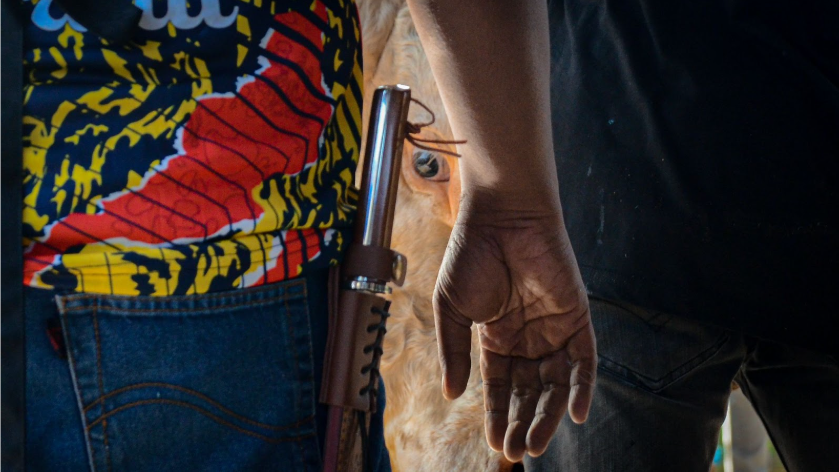A Picture of A Thousand Words: My Reflection on Qurban at Masjid Meranti
- charismamovement
- Jul 28
- 3 min read

They say that a picture is worth a thousand words. Now, consider this one before you; what do you see? This picture is exactly that. It portrays belief, heritage, offering, as well as pungent bittersweetness in which devotion and brutality converge. That is the emotion that overwhelmed me as I observed the imposing yet moving Qurban ceremony at Masjid Meranti in Puchong.
The Islamic practice of Qurban, or animal sacrifice, has its roots in this practice. According to the Quran, Allah instructed Prophet Ibrahim (Abraham) to offer up his dearest possession, his own dearest son Ismail, as a sign of devotion. Ibrahim demonstrated a remarkable act of devotion and faith in preparing to carry out what he was told. Allah stepped in at the last moment and substituted Ismail with a ram, illustrating that it was the readiness to make the offering that counted, not that he did so in fact. And so this sincere act of spiritual submission formed the basis of Qurban, now performed annually on Eid al-Adha by Muslims everywhere.
Throughout centuries, Qurban continued to be practised in tribute to Ibrahim's devotion. Some of the animals used for Qurban are cows, goats, sheep, and camels. One-third of the meat is for those who contributed to the Qurban, another third will be distributed to the underprivileged, and the remaining may be shared with family, neighbours, or friends. Hence, Qurban also serves as a meaningful expression of gratitude for the rezeki (sustenance) granted by Allah. The concept of sharing your blessings with those in need is a reminder for Muslims to practice humility and generosity.
The Qurban ceremony at Masjid Meranti began with the Eid al-Adha prayers. In another adjacent compound, the sacrificial animals, consisting of goats and cows, rested in the shade. There was one such cow, Sado, that caught everyone’s attention. Sado was a huge, golden-white bull that had grown up with a farmer's son for 15 years.
After the Eid al-Adha prayers ended, everyone congregated around the hut where the ritual would be conducted. Sado was sacrificed first. His big, sorrowful eyes appeared to bear the weight of the occasion, as if he understood that the end was near. Trained staff moved closer to wrestle him down, a tricky process, as he struggled fiercely. When they managed at last, they held him down and started reciting the takbir (proclamation of Allah’s greatness). With one swift slash, the butcher slit his throat, staining the concrete floor red. The crowd burst into excitement.
Sado was then skinned, its meat cut and distributed accordingly. Nothing was ever discarded. At that moment, I witnessed the essence of this tradition: human gathering, delicacies, and gratitude.
Qurban is not just a sacrifice; it is a continuation of values. The willingness to sacrifice, rooted in deep trust and obedience to Allah, and the willingness to share, through food distribution and charity, shows the spirit of a community. Together, these values nurture both individual faith and communal responsibility.
As we progress in this fast-paced world, discussions on the need for a community have diminished. In the loss of a sense of purpose, faith and community can act as a compass to guide you through your darkest hours. In those moments when life overwhelms you, when pressure is high and moving on becomes too much, practices like Qurban gently remind us that we are never alone. There is strength in unity, in a shared ritual. Sometimes, the simple act of gathering, praying and giving reminds us of what is important.
Perhaps what impressed me the most that day at Masjid Meranti, beyond the ritual and prayers, was the way everyone came together. Not just to witness the sacrifice, but to carry forward a shared purpose. From the volunteers holding Sado down, to people cooking for the volunteers. I believe that tradition, when done right, with sincerity, builds more than a spectacle; it builds belonging.
Reflecting on my experience, the question of ‘what is important in life’ popped into my mind. Is it fame? Riches? Or wisdom? I don’t know either, and I’m certainly still on my path of discovery, looking for the answer. But I know this: I will include belonging in my list.
By,
Tan Jun Siang,
CM Journalist,
Charisma Movement 24/25.



Comments